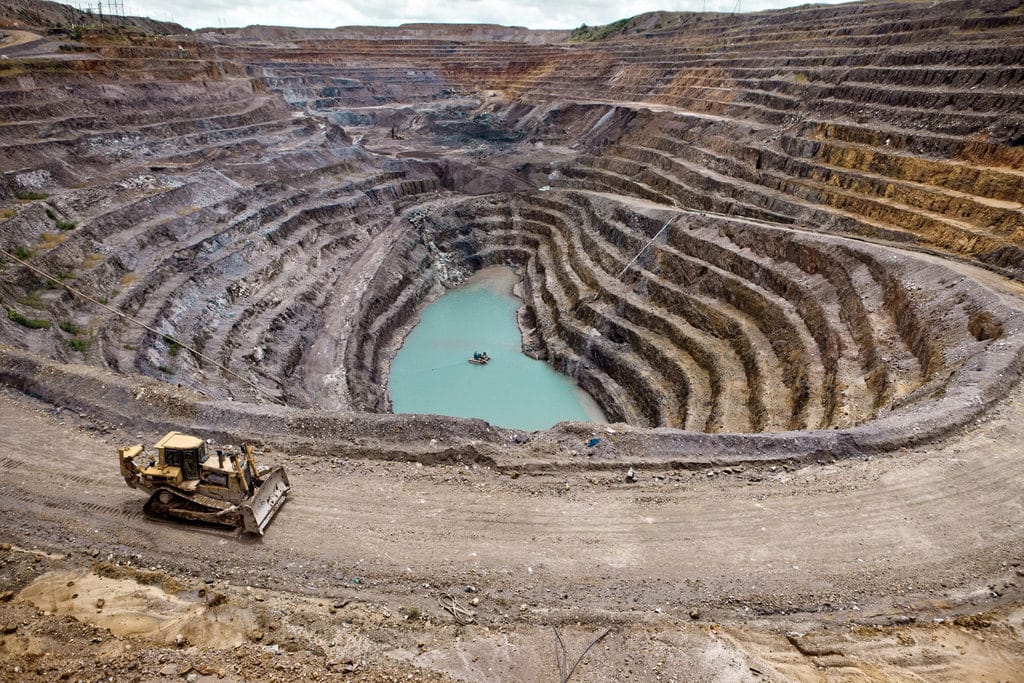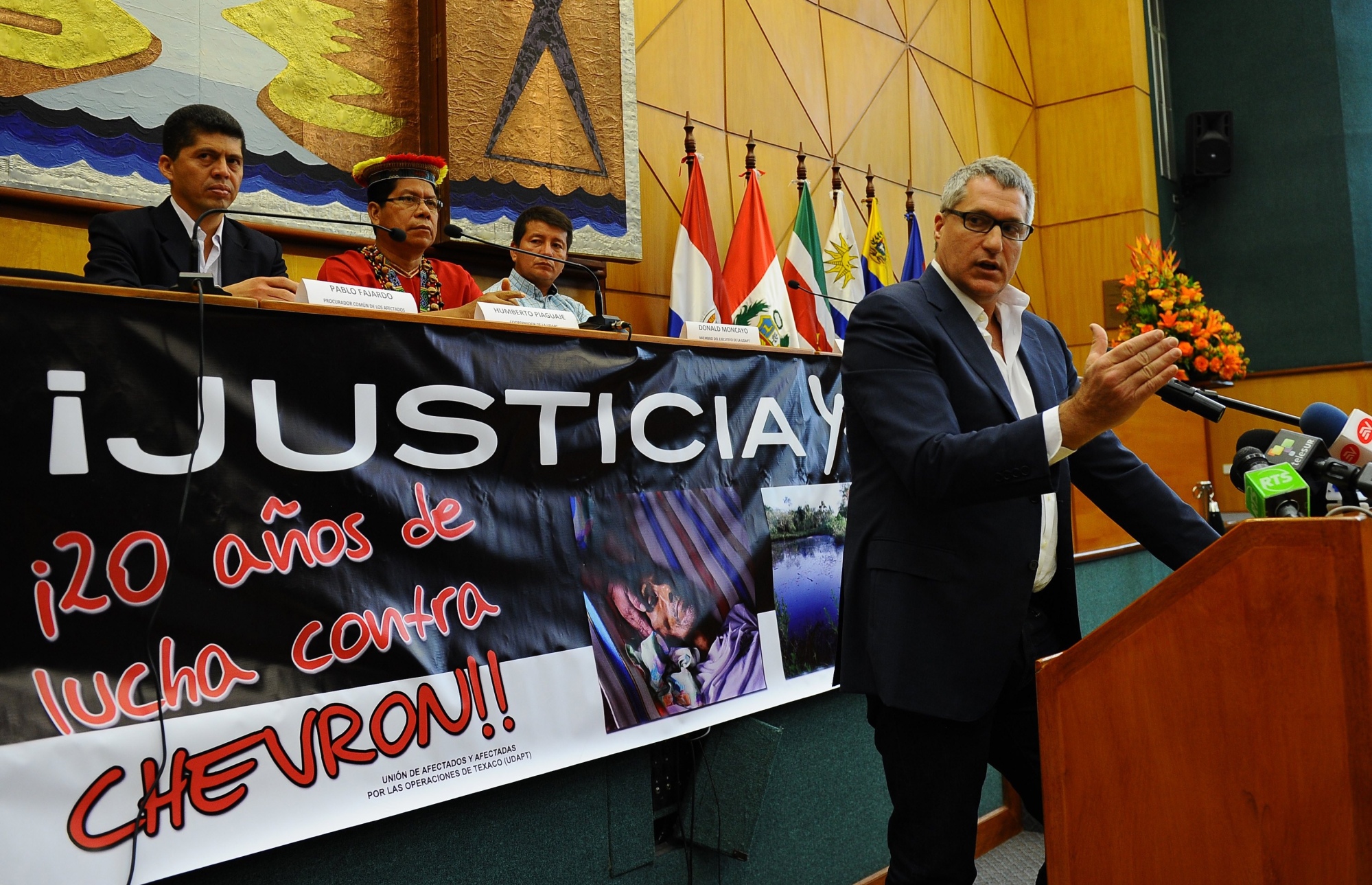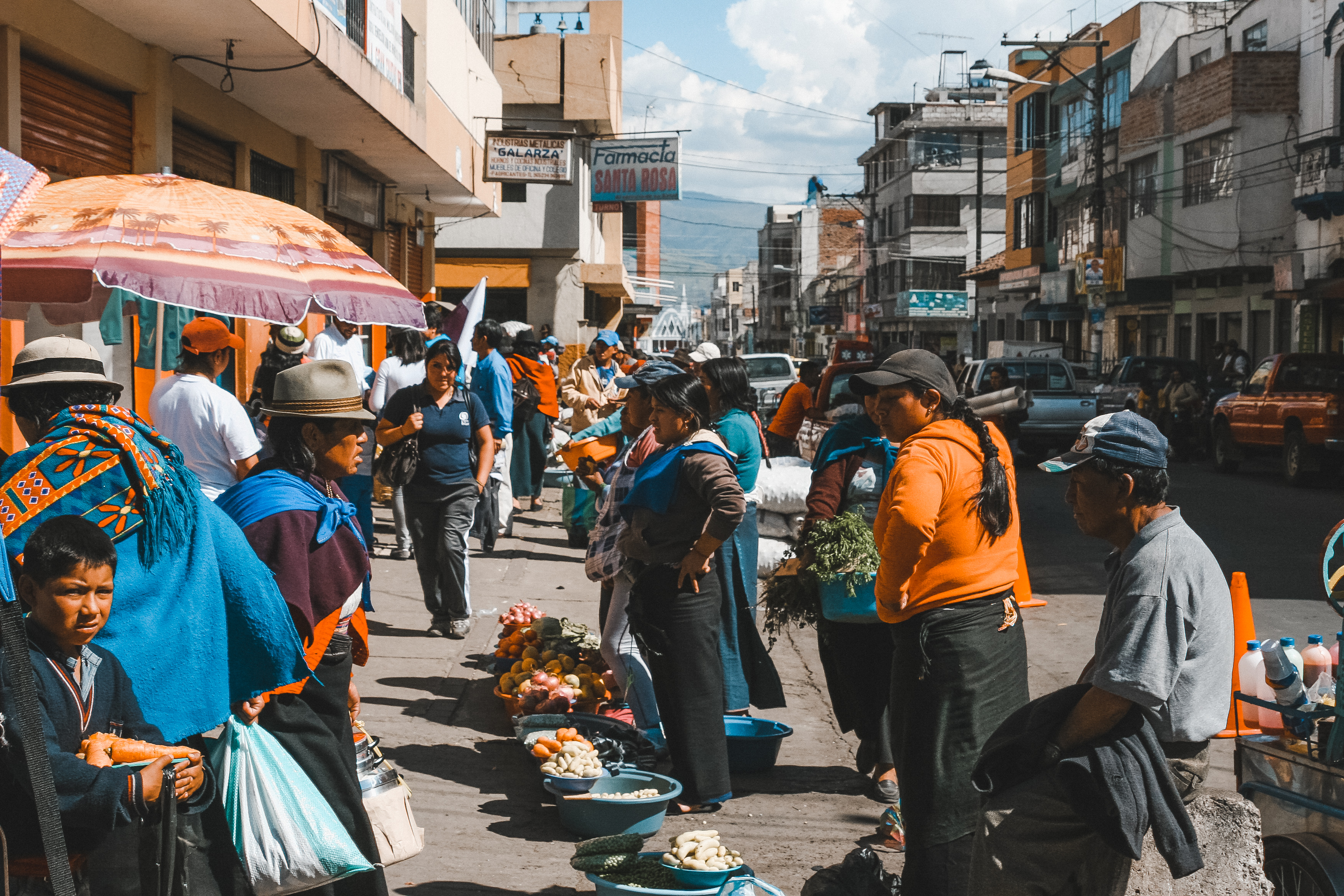The conquest, the plunder of today
- What happened in Europe about 500 years ago – the emergence and evolution of the Modern Age – could be understood from the crossing of different components and synergy. The territory at the time was not the richest or most populous in the world – China then tripled the population of Europe, and it was much stronger technically and militarily – but some of the events that came together brought the evolution that we have later known with the word globalisation.

These include the creation of modern States, formed by conquests or sums of the former feudal kingdoms. These new states achieved high levels of power – scientists and military that gathered in the courts; artists and thinkers – that would allow the formation of armies and institutions to become empires. Finally, the pillars of the economic system that we have subsequently called capitalism, including the modern banking system, came into force. In the next four centuries, the rise or decline of these new empires would be measured in the ability to master the world’s oceans, and in it the first triumphant steps came from the hand of the Spanish and Portuguese, with a feat that would be called “The Discovery of America”.
Needless to say, it is only the discovery – the “discoveries” of those lands that had existed for a long time – that was a conquest, that only came into the logic of pillage and the cencerro. This operation, which is still in force, was the largest massacre in history and whose inhabitants were relegated or eliminated by wars, new epidemics and persecution at all levels. The modern era was a demographic explosion in Europe and the almost disappearance of the indigenous peoples in America. In North America, with about 13 million people of origin, they were reduced to one million for five centuries, and those who were forced to live in reserves, when reproduction of whites became three times faster than their level of reproduction, in the twentieth century, 40% of women were sterilized. In Central and South America things happened differently, but the local populations, when they were not destroyed, were defeated under the power of the new settlers and the creoles that happened to them.
The “golden fever” spread from the very beginning, and thousands of people lost their lives in the silver mines. The assets indispensable for the financing of the conquest company were sought in America, and the new Arcadia and Dorado were considered an inexhaustible resource for later capitalist accumulation. To do so, after recognizing that the “Indians” were also human beings, they were forced into slavery. When the hardness of mines and plantations could not withstand and a stronger and more frequent labor force was required, slaves were captured and transported in Africa, following a form of natural “development”.

Mining in recent decades
The Americans, who had not been annihilated, were forced to move; from fertile lands to deserts; from valleys to mountains. Subsequently, the indigenous people have received a new curse: that those deserts or the deepest forests have funds of oil, gold, copper, uranium, coal or nickel.
A third of the U.S. coal reserves. United States And half of the uranium is in Indian reserves. The Allotment Act, approved by the United States Congress in 1887, set the criteria for the last decades: “Community ownership is dangerous to the development of the free enterprise,” he said. The same thing happened at the other end. In Chile, for example, when the Mapuches were expropriated under the government of Augusto Pinochet. These expropriations have sometimes been covered as “purchases”, as when the territory of the State of New York was “bought” for a thousand dollars, in 1797.
This fall we have heard from the Colombian department of Cauca: “Several indigenous people have been killed, including the leader, by the attack of the ‘uncontrolled armed gangs’, an old one that is repeated over and over again. But for decades the sulphur mines have been exploited in the territories of the indigenous people of their uraz and coconut, on the slopes of the Purace volcano, where nearly 15,000 people worked in the most prosperous years and are now closed before leaving a devastated lunar landscape. The exploitative company, Celanese, agreed to compensate residents for the destroyed lands, but the government did not authorize the agreement (“they will use the money to buy weapons”). The strike took place in 1974. In the following years, 45 indigenous miners were killed. The law of war remains that of the colonizer.

Oil has been exploited in the Ecuadorian Amazon since the 1970s. The Waorani were expropriated without receiving anything in return. The same happened with the Ashanzas of Peru or with the peoples of Brazilian origin, where the crops intended for livestock were extended. The Yanomamines, of the most widespread indigenous in Venezuela and Brazil, are disappearing: their subsoil is rich in gold and tin. At the beginning of the 20th century it is estimated that there were 15,000 Mato Grosson nambicues, currently about 100. In the 1980s, the “orange agent”, famous in the Vietnam War, bombarded its vital areas with defoliants.
Evolution of the past centuries
This history of looting did not change in the independence processes of the 19th century and, in essence, remains the same XXI.ean. At the same time, the last constitution of Ecuador, approved in 2008, proclaims the “Rights of Nature” and devotes a full chapter to explaining in twenty-one chapters the respect of the lands, identities and rights of fourteen nationalities. Beautiful words, impure actions. In recent decades, it is easier to detect superficial and deep goods, and their exploitation takes place in a few years, with terrible consequences: demoralized lands, expropriated and unstructured populations, a great deal of pollution in large environments. The technical limits of the past have been exceeded, and if before decades and a lot of labor were needed to carry out the exploitation today it takes only a few years and few people. There are few differences in which the governments of “backward” peoples are in progressive or conservative hands; the mining ministers of Venezuela and Brazil, Argentina and Ecuador meet at Toronto’s main annual fair to sell their mineral goods to the big multinationals.
In recent decades, there has been a distortion around mine clearance, due to the expansion of globalization. The increasingly indebted states pay the debt to their mineral wealth, mortgaging the present and the future. China ' s behaviour in the African and South American States, which are able to exploit precious metals (gold, copper, uranium and others) in exchange for credits, is noteworthy. The agreements are presented as a solution to the development of backward territories, but experience shows another reality. The report published by Oxfam America in 2010 citing World Bank economists is categorical at this level: “In the 95 territories studied, the greater the dependence on exports of natural goods between 1970 and 1990, the slower the growth of Gross Domestic Product.” The previously poor areas become poorer after exploitation. In the case of Ecuador and in accordance with the mining law approved in 2009, it is accepted that 5% of the profits are for the State, while the remaining 95% will be destined for the multinational operating company. The jobs created are of very low quality and in the short term. Compared to the other sectors, mining generates the least employment: investment per million dollars generates jobs between 0’5 and 2, well below the rest of the activities – manufacturing, agriculture, services…. In Central America – Honduras, Guatemala, El Salvador –, Argentina or Chile, the most impoverished territories are dedicated to mining. To compensate for all this, “poor bonds” financed by mining or oil profits are common: “Bolsa Familia” in Brazil, “Renta Dignity” in Bolivia, “Bono Solidario” in Ecuador, “Chile Solidario”, etc.

Environmental damage is incalculable. North to South: In Canada a quarter of the wetlands disappeared between 1980 and 1990; in Lake Ontario, one of the five great lakes between the United States and Canada, fishing and bathing is prohibited… Acid drainage is one of the most important problems in mining. The problem multiplies in the territories that are in themselves acidic, such as the Andes. Excessive amounts of copper, cadmium, lead, mercury, nickel, zinc and cyanide have been found in 76% of U.S. mining operations, which are harmful to health. And we're talking about "cutting-edge technology" in these cases. One of the ends is the extraction of gold, as cyanide is used in the process: for an ounce of gold, necessary to make a wedding ring, 8,000 liters of water are used, to be able to clean the 250 tons of mineral needed.
Mining is still present, as in the past centuries, in the changes of location, poverty, neglect and exclusion of peoples of origin. According to OCMAL (Latin American Mining Dispute Inspection), there are 120 open conflicts between local communities and the alliance between governments and mining companies. In a territory such as Peru, according to the Ombudsman, half of the social conflicts have to do with this issue.
REFERENCES:
Political ecology of mining in Latin America (Universidad Autónoma de México)
OCMA, Latin American Mining Conflict Observatory
(This article was posted in the 247 issue of LARRUN)
Yasuni (“Lur sakratua” waorani hizkuntzan) Ekuadorreko Amazonian kokatua den parke naturala da. Bertan bizi dira Waorani, Taromenani eta Tagerai herriak, joan den mendeko 60ko hamarkadara arte kontaktatu gabekoak, eta egun beren bizimoduak aurrera eraman ahal izateko ofizialki errekonozituak direnak. Inguruaren bioaberastasunaz jabetu gaitezen, aski da esatea bertako hektarea batean landare barietate gehiago bizi dela Ipar Amerika osoan baino. Baina petrolioa dago haien lur azpian, eta egin dira zenbait ustiaketa azken hamarkadetan.
Haien eragina pairatu ostean, ustiaketa berrien atzerapena sustatu zuten bertakoek, eta garapenerako beste eredu bat martxan jartzeko indarrak bideratu –baita nazioarteko programa zehatz baten bidez ere–. 2008an Rafael Correa presidentetzara heldu zenean, bide hori errespetatuko zuela agindu zuen, baina berehala bidaiatu zuen Txinara eta inguruko lurraldetara diru bila, kontzesioen truke. 2013an deklarazio solemnea zuzendu zion “Nazio osoari”, Yasunitik aterako ziren ondasunak ezinbesteko zirela “Ekuadorreko pobreziarekin amaitu ahal izateko” baieztatuz. Gazteak ziren mezu haren helburu nagusia baina, modu harrigarrian, gazteak izan ziren herrialde osoan haren aurka manifestatu zirenak. Mugimendu horrek eragina izan zuen “correismoaren” baitako lehen arrakala nagusian.
Ordutik hona eta “Yasunidos” izenpean, mugimendu zabala dago antolatuta jatorrizko herri haien eta beren medioaren defentsan Ekuador osoan.
Eskerrik asko Kléver Calle, Yasunidoseko kideari.
.jpg)
Paramoa” deitzen zaie Ekuadorren 3.500 eta 4.000 metroko altuerako lur eremuei. Europan ez bezala, badira basoak bertan, altura horietan baino hazten ez diren zuhaitzekin, eta oso aberatsak dira faunan eta floran. Baina haien ezaugarririk nabarmenena ura jasotzeko eta hedatzeko ahalmena litzateke, ur gordailu eta emari nagusi bilakatzen baitira eremu oso zabalerako. Kimsakotxa (“hiru urmael” kitxua hizkuntzan) da horietako bat, Ekuadorreko Azuay departamentuan kokatutakoa, Cajas Parke Naturalaren baitan. Parajea zoragarria da; ez hiru, baizik eta 30 urmael ditu eta ura nonahi, eta inguruko haranak, nekazaritzatik eta abeltzaintzatik bizi direnak, ur emari haietatik elikatzen dira. Cuenca hiriburuko hiru ibai bertan jaio dira, halaber.
Haren zorigaitza: urre minerala duela bere erraietan, sakonera handian. Orain arte ustiatu gabekoa baina esplotazio intentsiborako planen mehatxupean bizi dena azken urteotan. Esan gabe doa ustiaketa intentsibo hauek inguru guztiaren oreka suntsituko luketela, eta kontzientzia horrek eraman ditu inguruko herriak galdeketak antolatzera. Giron herrikoa izan zen joan den udaberrian arrakastaz antolatu zen horietakoa eta horrek bultzatu zuen, baita ere, Yaku Perez prefektu kargurako hautatua ateratzea. Haren egitarauan, uraren defentsa dago leku nagusian eta bere asmoa da galdeketa loteslea antolatzea Azuay osoan meatzaritza intentsiboaren inguruan. Bere bi lehen ahaleginak atzera bota dituzte, ordea: Azuay lurraldeko alkateen kontseiluan ez zuen behar adinako gehiengoa lortu eta gero, Ekuadorreko Auzitegi Konstituzionalak atzera bota zuen egitasmoa, joan den irailean.
Handik egun gutxira gertatu zen indigenen azken altxamendua.

.jpg)
urari buruz idatzitako liburua.






















